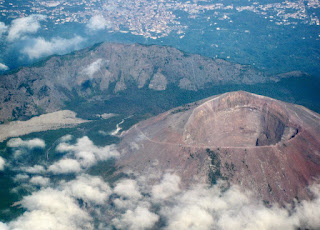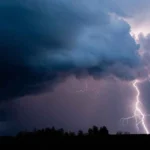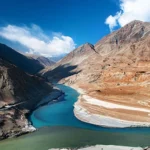
Mount Vesuvius is a volcano on Italy’s west coast that is best known for its eruption in A.D. 79, which obliterated the ancient city of Pompeii. Mount Vesuvius is regarded as one of the world’s most dangerous volcanoes today, not only because of its explosive eruptions, but also because of its proximity to the densely populated city of Naples. It is Europe’s only active volcano, and its last major eruption occurred in 1944, forcing Allies to flee the region during WWII; with an estimated eruption cycle of 20 years, it is overdue. Mount Vesuvius is a stratovolcano that is part of the Campanian volcanic arc.
In 79 A.D., Mount Vesuvius erupted. The ruins of Pompeii and Herculaneum were buried beneath layers of mud and volcanic material. Thousands of people were killed as a result of this eruption.
Mount Vesuvius is a stratovolcano, a type of volcano with fast-moving volcanic fluidized rock that is highly explosive and dangerous.
The 79 A.D. eruption The eruption that destroyed Pompeii surprised its inhabitants, but if they had known what to look for, they would have known it was imminent. Before Mount Vesuvius erupted, the region was shaken by several major earthquakes.
In 79 A.D., Mount Vesuvius erupted. It lasted more than 24 hours and released 1.5 million tons of volcanic material into the atmosphere every second. Volcanic ash, molten rock, and pumice were among the materials used.
Pliny the Younger, a Roman poet, survived the eruption because he was 18 miles away in Misenum at the time, and he described it in letters to a friend named Tacitus. These letters were discovered in the 1500s, and this detailed account serves as the foundation for much of the information about the eruption.
When Mount Vesuvius erupted in 79 A.D., it is estimated that approximately 16,000 people died, a figure that would be much higher today if another similar eruption occurred. A new eruption would immediately affect approximately 2 million people in the area.
Much of Pompeii was preserved beneath the volcanic ash.
Mount Etna, Campi Flegrei, Vulcano, and Stromboli are also part of the Campanian volcanic arc.
The Campanian volcanic arc is formed by the convergence of the African and Eurasian tectonic plates.
Following the major eruption of 79 A.D., Mount Vesuvius erupted roughly every 100 years until the 1st century. It erupted once more in 1631, killing approximately 4,000 people.
Although Mount Vesuvius is expected to erupt again, scientists believe there will be ample warning.
Today, the area around Mount Vesuvius is a national park. People can drive to within 660 feet of Mount Versuvius’ summit and then walk around the top up to the crater on a spiral walkway.
Scientists and the government in Italy have developed new technology that should provide a 14 to 20-day warning before the next eruption.









